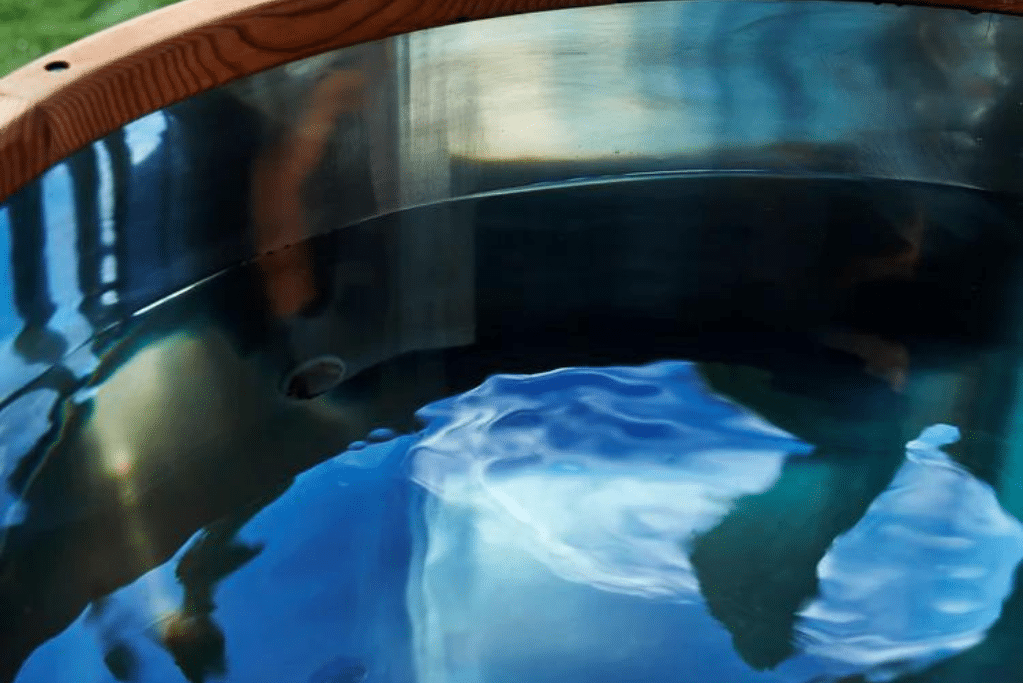
Science Behind the Chill
Unlock the Power of Cold Therapy Dive into the science of cold water immersion—activating your body’s natural defenses to enhance
It seems you're in US. Redirect to Ora Ice Baths US?
Yes, please
The terms “cold plunge” and “ice bath” are often used interchangeably, but they do have subtle differences that can affect your cold therapy experience. Both are popular in wellness and fitness circles for their health benefits, from faster muscle recovery to enhanced mental resilience. But what sets them apart, and which one is right for you? Here, we’ll break down the key differences between cold plunges and ice baths and explore which option may best suit your needs in New Zealand.
A cold plunge typically refers to immersing yourself in cold water without necessarily using ice. Cold plunges usually maintain a consistent temperature, typically between 10°C and 15°C, and can be achieved in natural water sources, such as rivers, lakes, or specially designed cold plunge tubs with chillers.
Cold plunges are often used in facilities like spas and wellness centres, where people can easily enter and exit the water. This method of cold therapy is preferred by many as it provides the benefits of cold exposure without the extreme temperatures of an ice bath. Cold plunge therapy is especially popular among those seeking regular cold exposure as part of their wellness routine, as it offers the benefits of cold therapy in a more manageable, consistent environment.
An ice bath involves immersing the body in ice-cold water, often around 0°C to 5°C, using actual ice to reach and maintain the temperature. Ice baths can be more intense than cold plunges, offering an “extreme” cold exposure that forces the body to respond quickly to the shock of the cold. For this reason, ice baths are highly effective for rapid muscle recovery and are often used by athletes to reduce inflammation after intense physical activity.
Ice baths are commonly set up in tubs or portable containers and are usually maintained for short durations, as the low temperatures can be challenging to withstand. Ice baths have also become more accessible, with companies like Ora Ice Baths in New Zealand offering solutions that make it easy to experience this form of cold therapy at home or on the go.
Though both forms of cold therapy involve immersing the body in cold water, here are the primary differences:
Cold plunges are beneficial for those who want to incorporate cold exposure therapy into their routine without the harsh temperatures of an ice bath. Here are some key advantages:
Ice baths, on the other hand, are preferred by athletes and those seeking the physical recovery benefits associated with cold therapy. Here are some benefits of choosing an ice bath:
Choosing between a cold plunge and an ice bath comes down to your goals and tolerance for cold exposure. If you’re looking to improve overall wellness, circulation, and mental resilience, a cold plunge may be ideal. Cold plunges offer a less intense experience that’s suitable for regular use, making it a great option for those looking to manage stress or boost mood.
For athletes or individuals who prioritise fast muscle recovery, an ice bath may be the better choice. The intensity of an ice bath is highly effective in reducing muscle inflammation and can make a significant difference for those who engage in rigorous physical activity.
If you’re just starting, consider beginning with cold plunges to let your body adjust to cold exposure. As you build resilience, you can gradually experiment with ice baths to experience their recovery benefits.
Both cold plunges and ice baths are accessible in New Zealand, with Auckland leading the way in providing cold therapy options. For those interested in trying out cold therapy without setting up at home, many gyms and wellness centres across Auckland offer cold plunges and ice baths.
If you’re considering adding a cold plunge or ice bath to your home, Ora Ice Baths offers customisable options, including ice baths with chillers to maintain the perfect temperature. This allows for flexible, at-home cold therapy sessions, no matter which method you prefer.
Whether you choose a cold plunge or an ice bath, both provide powerful benefits for the body and mind. Cold therapy is not only an excellent tool for athletes but also for anyone interested in enhancing their health and resilience. By understanding the differences, you can make an informed decision that aligns with your wellness goals.Ready to explore the benefits of cold plunges and ice baths? Ora Ice Baths makes it easy to integrate cold therapy into your routine with quality products designed for the NZ market. Whichever you choose, you’re sure to experience the rejuvenating power of cold therapy in your wellness journey.

Unlock the Power of Cold Therapy Dive into the science of cold water immersion—activating your body’s natural defenses to enhance

Ice baths are gaining popularity as a therapeutic tool in the health and wellness community, and New Zealand, with Auckland

Ice baths have been making waves in the wellness world, praised for their ability to improve both physical and mental



